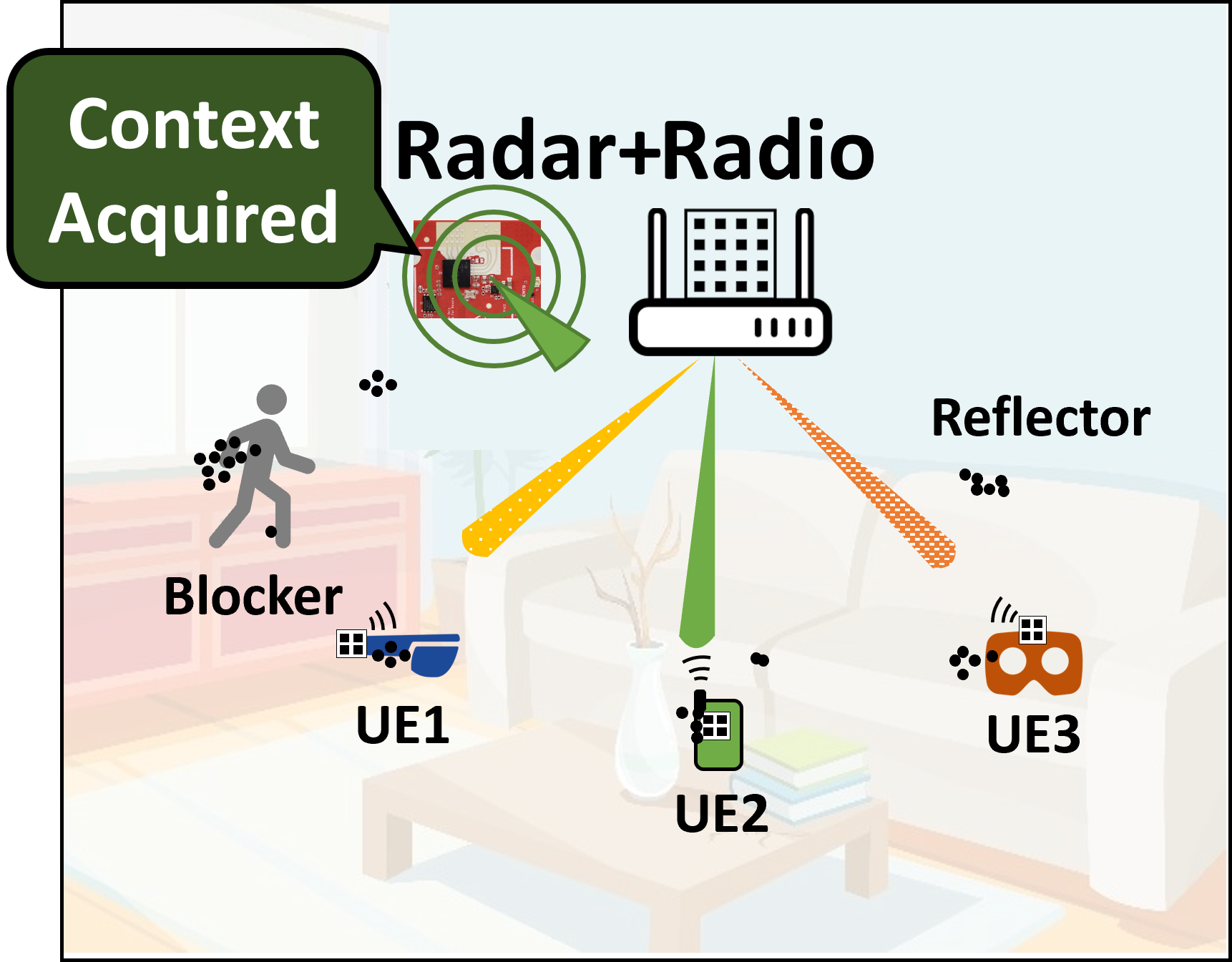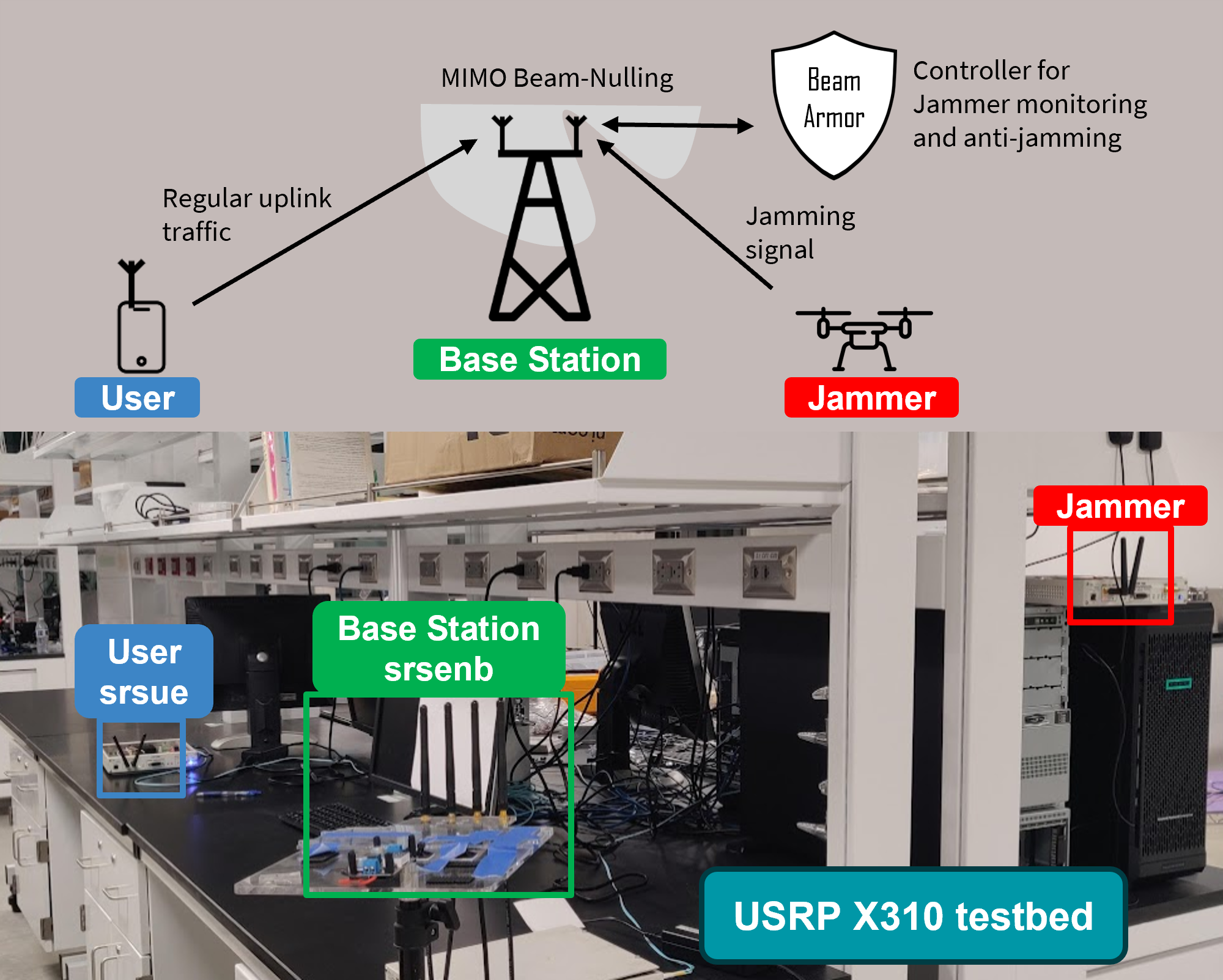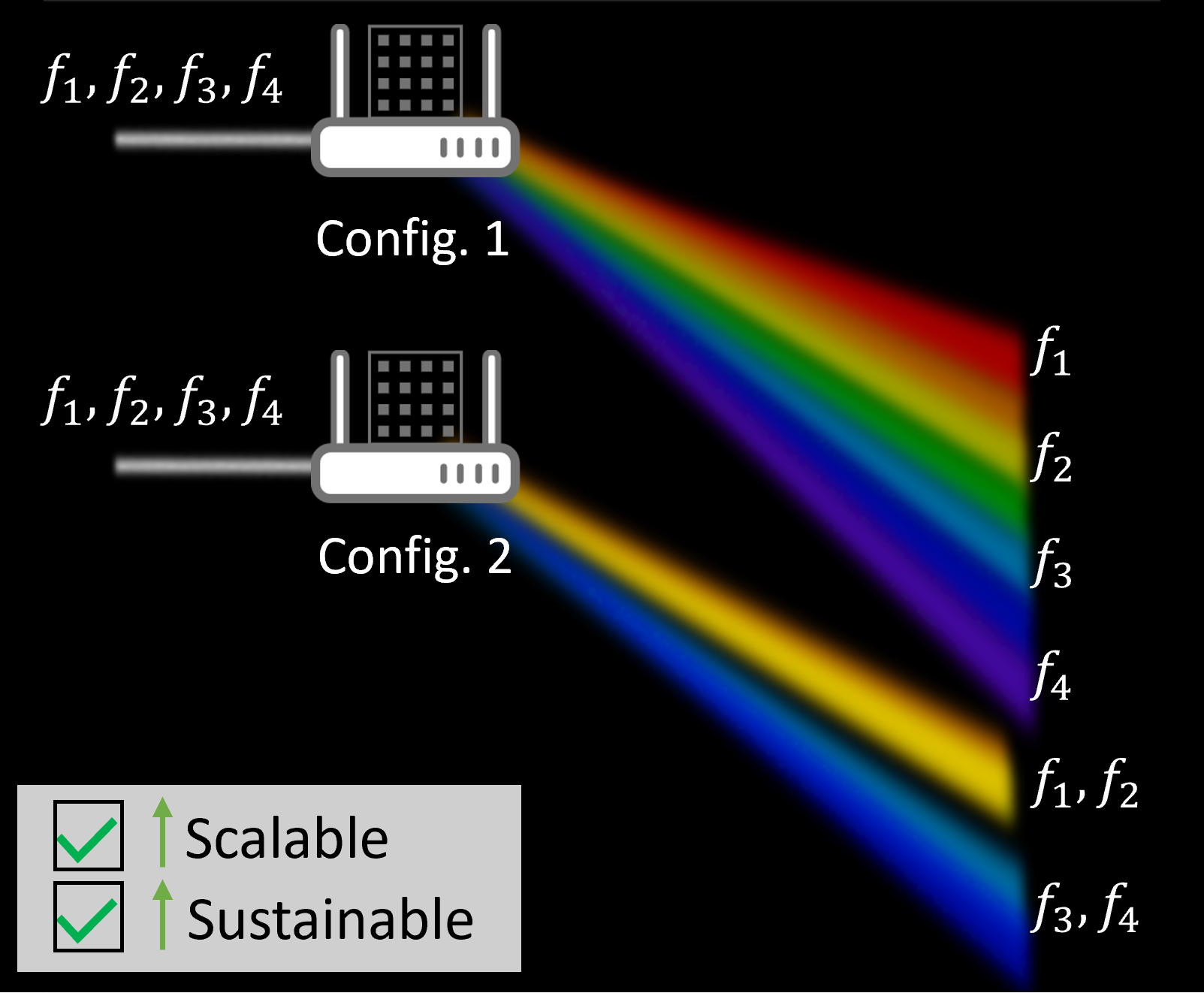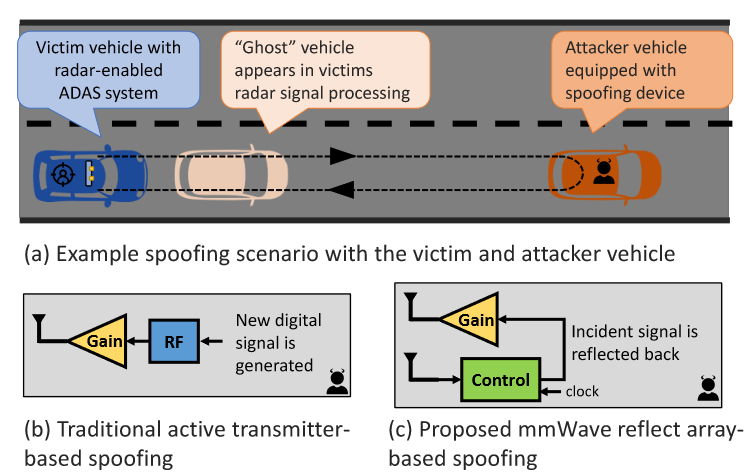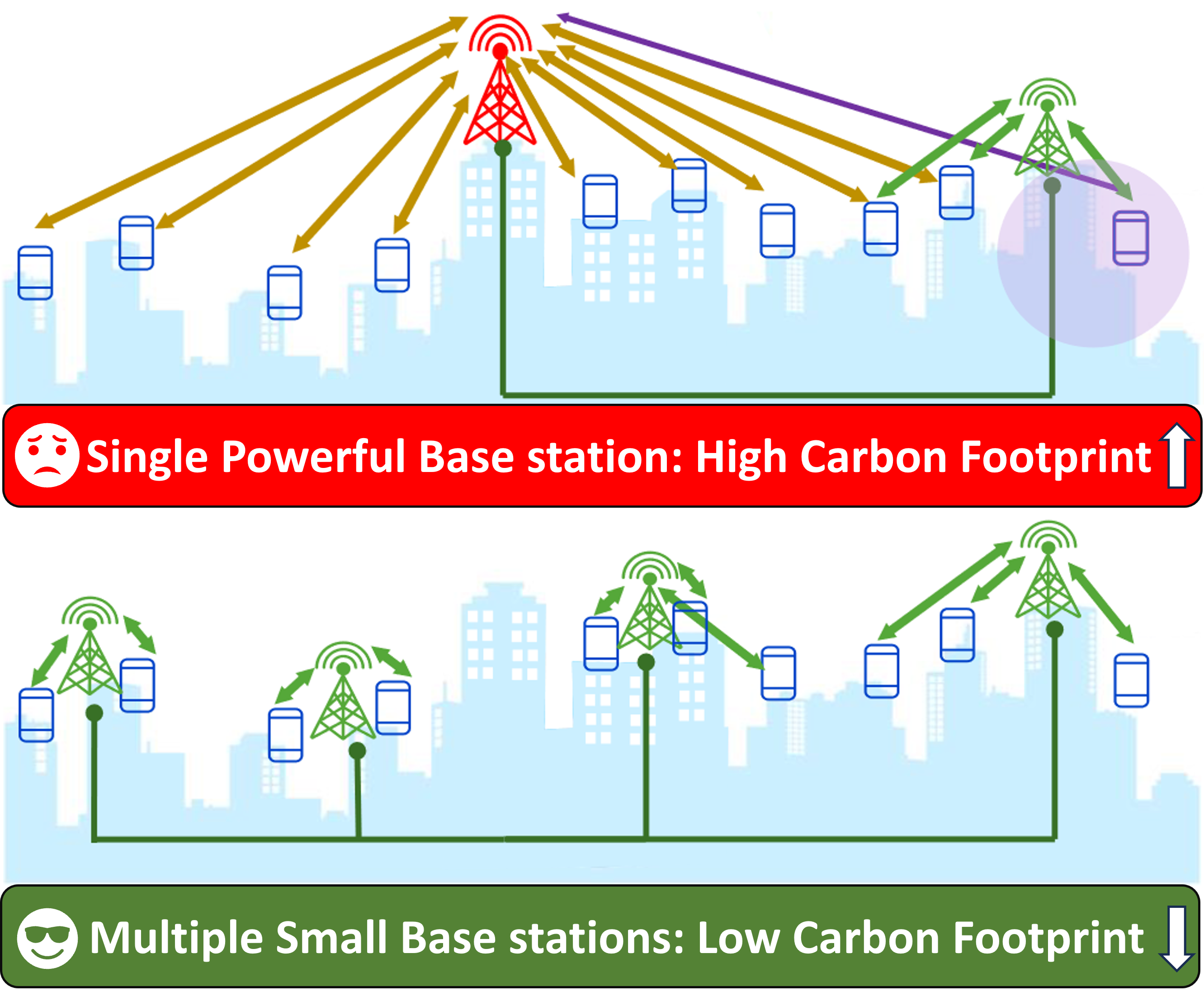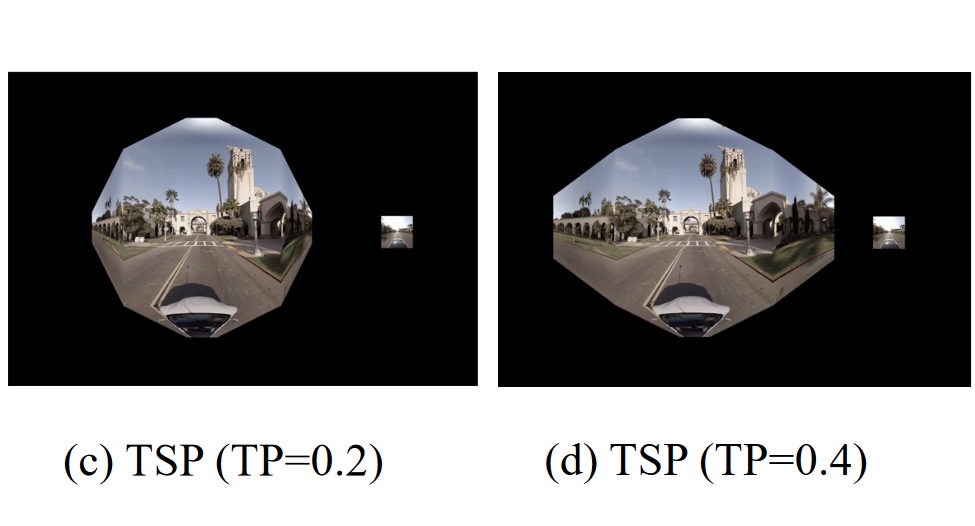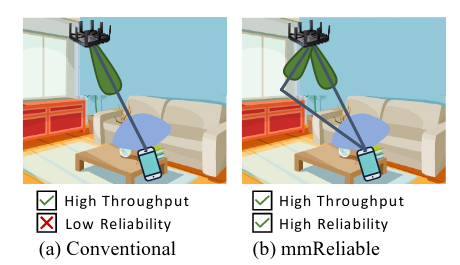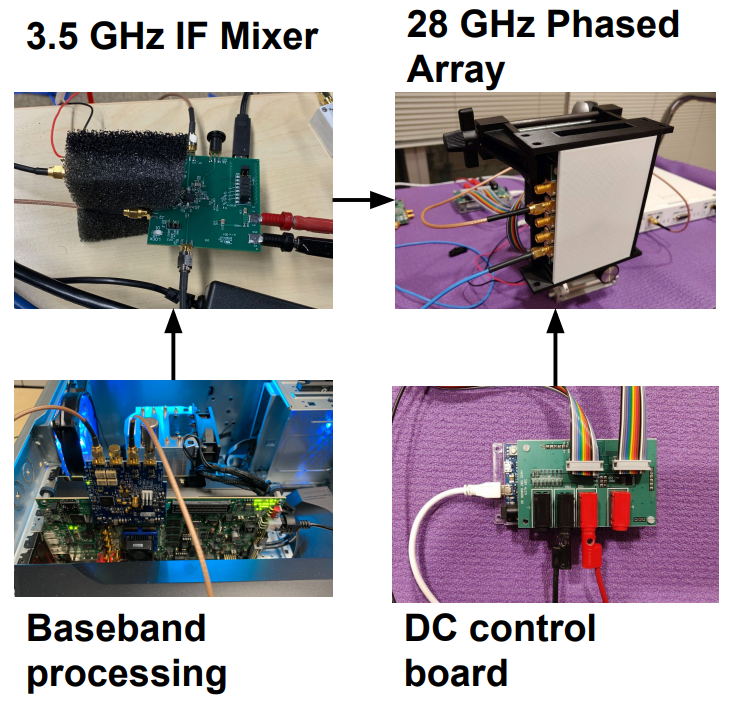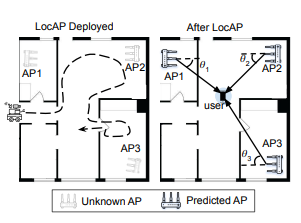I joined Rensselaer Polytechnic Institute (RPI) as a Tenure-track Assistant Professor in the ECSE Department in Fall 2024. I received my PhD in Electrical and Computer Engineering with Prof. Dinesh Bharadia at UC San Diego. I received my MS degree from New York University and B.Tech. degree from IIT Kanpur, India. My research spans diverse areas in ECE, including Wireless Communications, Wireless Sensing, and Security \& Privacy. My research is both theoretical and systems-oriented and has been published in leading venues such as Sigcomm, NSDI, Mobicom, Infocom, and IEEE journals.
I am a recipient of the Qualcomm Innovation Fellowship 2022 and VMWare research grant 2023. I received the Best Poster Award at Hotmobile 2023 and won the 3-minute competition at ACM student workshops thrice. I also served as co-chair for the ACM Mobicom S3 workshop 2023.
I am actively hiring for Fall 2026 PhD admissions. If you are interested in joining my team or know someone who might be, please reach out to me by email. More details about hiring here. RPI will waive the application fee for strong candidates.
The next generation of wireless networks would connect billions of devices using existing and limited natural spectrum resources, all the while making it secure and sustainable with limited power and antennas. My research takes a holistic approach to optimizing these resources to deliver not only high data rates but also enhance reliability and scalability and facilitate practical deployments. Moreover, as the wireless infrastructure is deployed ubiquitously in both indoor (e.g., WiFi) and outdoor (e.g., 5G cellular) environments, there is an opportunity to provide sensing services alongside data communication, eliminating the need for additional sensor deployment. By leveraging existing wireless infrastructure, my research focuses on developing radio-frequency-based sensing solutions such as localization and tracking of mobile devices. Furthermore, my research recognizes that as communication and sensing systems become more accessible, they are vulnerable to security threats such as spoofing and jamming attacks, so I designed and implemented appropriate measures to counter these attacks.
In summary, my research connects theory, hardware, and data to build the foundation of the next generation of wireless networks for Communication, Sensing, and Security:
- Communication: Develop innovative beamforming techniques (e.g., constructive multi-beams) to enhance reliable and scalable communication, particularly for mobile multi-user millimeter-wave networks.
- Sensing: Explore novel applications in wireless sensing, such as localization, tracking, and sensing-driven communication.
- Security: Investigate and mitigate security vulnerabilities (e.g., spoofing, jamming attacks) on wireless devices.
Please check Google Scholar for a full list of publications. Some selected publications include:
- mmFlexible: Flexible Directional Frequency Multiplexing for Multi-user mmWave Networks. IK Jain, RR Vennam, R Subbaraman, D Bharadia [EEE Infocom 2023]
- mmSpoof: Resilient Spoofing of Automotive Millimeter-wave Radars using Reflect Array, IEEE Security and Privacy 2023. RR Vennam, IK Jain, K Bansal, J Orozco, P Shukla, A Ranganathan, D Bharadia [IEEE S&P 2023]
- [mmReliable] Two beams are better than one: Towards Reliable and High Throughput mmWave Links, IK Jain, R Subbaraman, D Bharadia [ACM SIGCOMM 2021]

